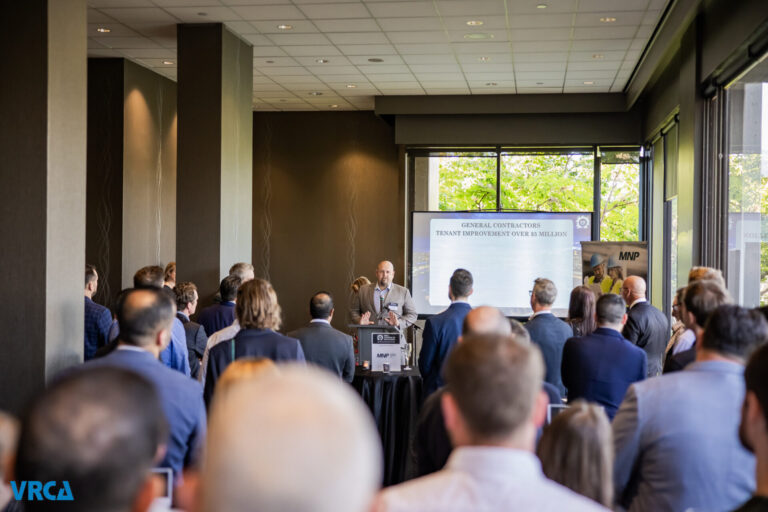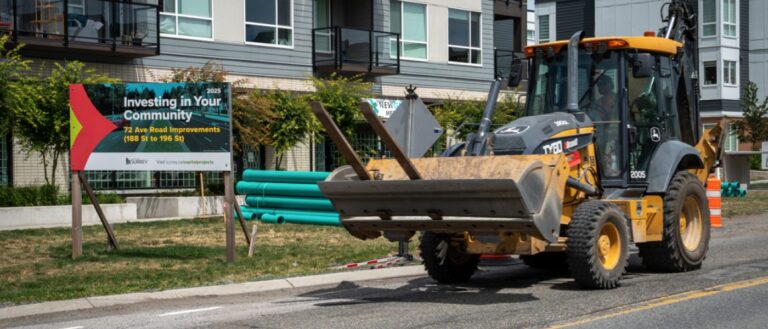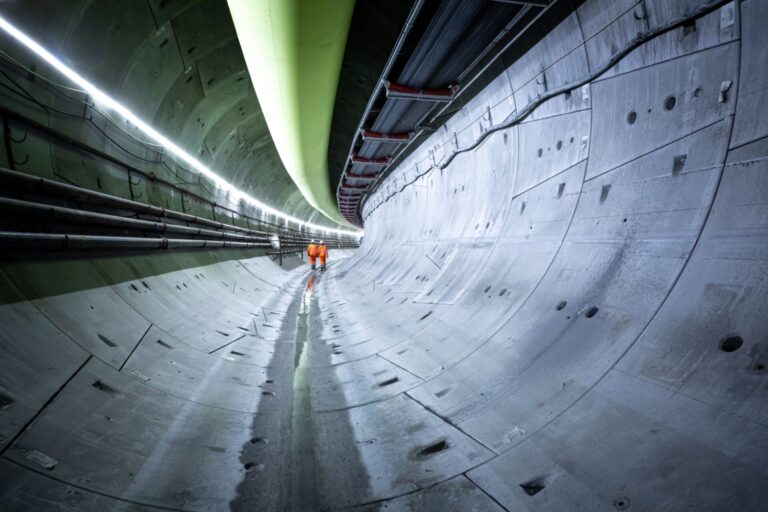Recently, Canada Green Building Council (CaGBC) and the Royal Architectural Institute of Canada (RAIC) sent a joint letter to National Research Council (NRC) and other federal government ministers to share industry feedback on the overarching approach and omissions of the National Energy Code for Buildings (NECB) and the National Building Code (NBC). Both codes shape not only the future of Canada’s construction industry but also the livability of homes and buildings in the face of a climate crisis. They are critical to achieve Canada’s greenhouse gas (GHG) reduction targets and to advance the building sector’s ability to provide energy-efficient, low carbon and climate-resilient buildings.
Considering the potential impact of proposed changes to the code, CaGBC felt that it was important to provide constructive feedback on the overarching approach and omissions on behalf of the green building industry in Canada. Most importantly, CaGBC and RAIC suggest that the code requirements should address not only energy efficiency but also the carbon emissions associated with construction and operations in order to meet the government’s carbon reduction objectives.
The recommendations include:
- Code must address carbon not just energy:The code requirements should address not only energy efficiency but also the carbon emissions associated with construction and operations. If not all sources of carbon emission associated with buildings are reduced, the codes will not meet the government’s objectives.
2. Add operational GHG intensity metrics:The National Model Energy Code for Buildings (NECB) and the National Building Code (NBC) should include the addition of operational GHG intensity metrics in order to better align code outcomes with the objectives of the Pan Canadian Framework on Clean Growth and Climate Change.
3. Develop embodied carbon metrics:The next update to the code should include embodied carbon reduction targets using a comparative approach where proposed buildings are compared to a baseline version of the same building.











